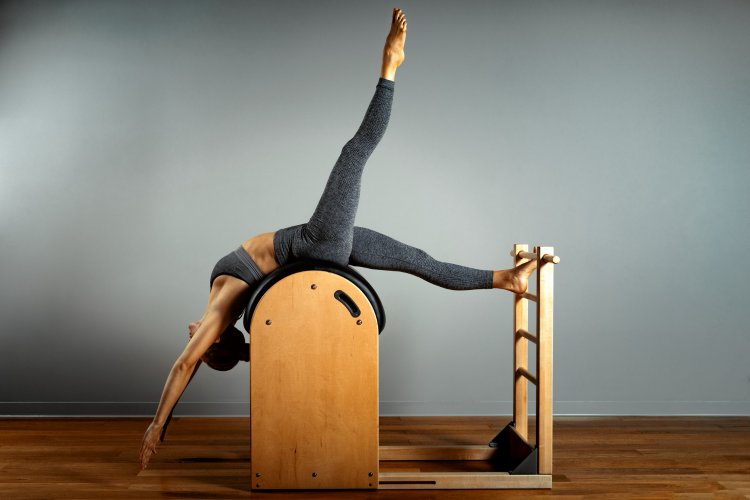Achieving Balance: Pilates for Mind and Body Harmony
Pilates is a holistic fitness approach that focuses on strengthening the body's core muscles while improving flexibility, posture, and overall strength. Developed by Joseph Pilates in the early 20th century, this exercise system has gained popularity worldwide for its gentle yet effective techniques.

Principles of Pilates
Breathing
Pilates emphasizes proper breathing techniques to enhance oxygen flow throughout the body. Deep inhalations and exhalations are coordinated with movements to facilitate relaxation and improve focus.
Centering
The core, or "powerhouse," is the focal point of Pilates. This area includes the abdomen, lower back, hips, and buttocks. Strengthening these muscles provides a stable foundation for all movements.
Control
Every Pilates exercise is performed with control and precision. Movements are deliberate and mindful, focusing on quality over quantity to prevent strain and injury.
Precision
Each exercise in Pilates has a specific form and alignment. Precision ensures that muscles are engaged correctly, maximizing effectiveness and minimizing the risk of injury.
Concentration
Pilates requires mental concentration and awareness of body movements. Practitioners are encouraged to focus fully on each exercise, fostering a mind-body connection that enhances overall performance.
Flow
Smooth, fluid movements characterize Pilates exercises. Transitions between exercises are seamless, promoting grace, coordination, and stamina.
Benefits of Pilates
Core Strength
Pilates strengthens and stabilizes the core muscles, improving posture and reducing the risk of back pain.
Flexibility
Through gentle stretching and controlled movements, Pilates enhances flexibility and joint mobility, promoting a full range of motion.
Muscle Tone
Pilates helps sculpt long, lean muscles without adding bulk, promoting a toned and balanced physique.
Posture Improvement
Emphasis on alignment and core stability in Pilates helps correct postural imbalances, leading to better posture both during exercise and in daily life.
Injury Rehabilitation and Prevention
Pilates exercises are often recommended for rehabilitation from injuries, as they can be modified to suit individual needs and promote recovery. Regular practice also helps prevent future injuries by strengthening supportive muscles.
Mind-Body Connection
The mindful approach to Pilates cultivates awareness of body alignment, breathing patterns, and muscle engagement. This mindfulness reduces stress, enhances relaxation, and improves overall mental well-being.
Improved Athletic Performance
Many athletes incorporate Pilates into their training routines to enhance strength, flexibility, and agility, which can improve performance in other sports and physical activities.
In conclusion, Pilates is a versatile exercise system suitable for individuals of all ages and fitness levels. Whether practiced on a mat or with specialized equipment like the Reformer, Pilates offers a gentle yet effective way to improve physical fitness, enhance flexibility, and foster a deeper connection between mind and body. By incorporating Pilates into your fitness regimen, you can enjoy a range of benefits that contribute to a healthier, more balanced lifestyle.
Disclaimer
The information provided in this article is for educational purposes only and should not be considered medical advice. If you have any health concerns or are experiencing symptoms, it is important to consult with a healthcare professional, such as a doctor or clinic, for proper diagnosis and treatment. Always seek the advice of your doctor or other qualified health provider with any questions you may have regarding a medical condition. Do not disregard professional medical advice or delay in seeking it because of something you have read in this article.
#Pilates #Fitness #Wellness #MindBodyConnection #HealthyLifestyle #Exercise #CoreStrength #Flexibility #Posture #InjuryPrevention
What's Your Reaction?





















